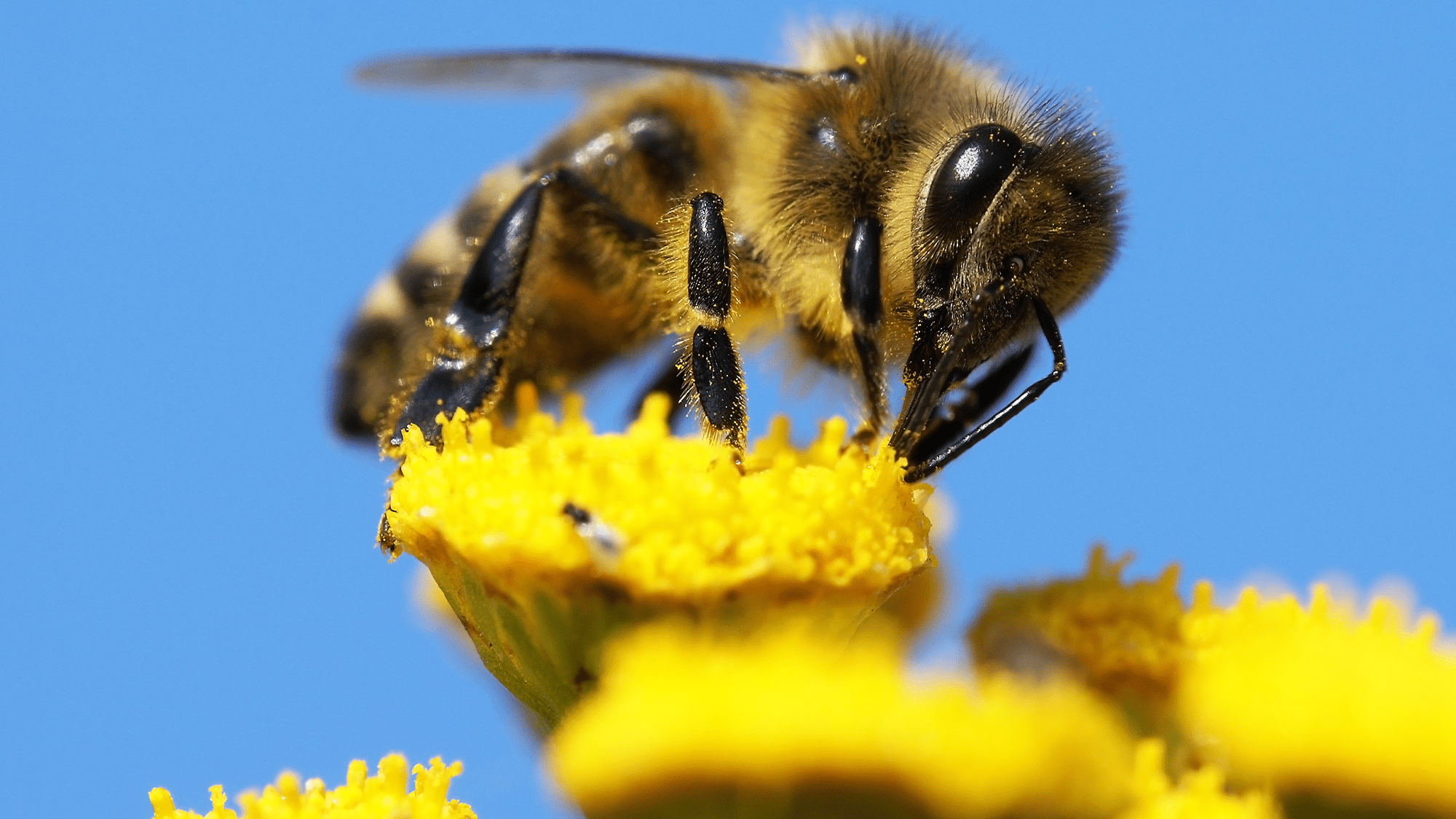

The phrase “busy as a bee” certainly applies to the brains of honey bees. The insects have to balance effort, risk and reward, avoid predators, and make accurate assessments of which flowers are the most likely to offer food for their hive while they fly. Speed and efficiency are thus critical to their survival, and scientists are taking a look at their brains to understand how. A study published June 27 in the journal eLife explores how millions of years of evolution engineered honey bee brains to make these lightning fast decisions and reduce their risks.
[Related: What busy bees’ brains can teach us about human evolution.]
“Decision-making is at the core of cognition. It’s the result of an evaluation of possible outcomes, and animal lives are full of decisions,” co-author and comparative neurobiologist at Australia’s Macquarie University Andrew Barron said in a statement. “A honey bee has a brain smaller than a sesame seed. And yet she can make decisions faster and more accurately than we can. A robot programmed to do a bee’s job would need the backup of a supercomputer.”
Barron cites that today’s autonomous robots primarily work with the support of remote computing, and that drones have to be in wireless communication with some sort of data center. Looking at how bees’ brains work and could help design better robots that explore more autonomously.
In the study, the team trained 20 bees to recognize five different colored “flower disks.” The blue flowers always had a sugar syrup, while the green flowers always had tonic water that tasted bitter to the bees. The other colors sometimes had glucose. Then, the team introduced each bee to a makeshift garden where the flowers only had distilled water. Each bee was filmed and the team watched over 40 hours of footage, tracking the path the insects took and timing how long it took for them to make a decision.
“If the bees were confident that a flower would have food, then they quickly decided to land on it, taking an average of 0.6 seconds,” HaDi MaBouDi, co-author and computational neuroethologist from the University of Sheffield in England, said in a statement. “If they were confident that a flower would not have food, they made a decision just as quickly.”
If the bees were unsure, they took significantly more time–1.4 seconds on average–and the time reflected the probability that a flower contained some food.
Next, the team built a computer model that aimed to replicate the bees’ decision-making process. They noticed that the structure looked similar to the physical layout of a bee’s brain. They found that the bees’ brains could make complex autonomous decision making with minimal neural circuits.
[Related: A robot inspired by centipedes has no trouble finding its footing.]
“Now we know how bees make such smart decisions, we are studying how they are so fast at gathering and sampling information. We think bees are using their flight movements to enhance their visual system to make them better at detecting the best flowers,” co-author and theoretical and computational biologist at the University of Sheffield James Marshall said in a statement.
Marshall also co-founded Opteran, a company that reverse-engineers insect brain algorithms to enable machines to move autonomously. He believes that nature will inspire the future of the AI industry, as millions of years of insect brain evolution has led to these incredibly efficient brains that require minimal power.
